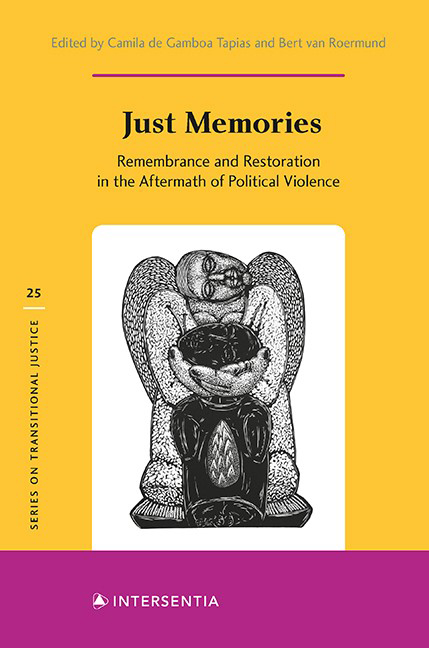Chapter 3 - Forgiveness, Reconciliation and Justice
Published online by Cambridge University Press: 11 February 2021
Summary
INTRODUCTION
This chapter explores the differences and intertwining of three structures and processes in which harm experiences are worked through and achieve resolution or closure, namely: forgiveness, civic reconciliation and justice in its different forms and institutional guises. As was advanced in this volume's Introduction, such resolution or closure can be understood as the achievement and restoration of trust. More specifically, by resolution and closure the text refers to three articulated demands and commitments that are present in the working through of such experiences: first, the demand that the infliction of harm be stopped; second, the demand for, and possibility of, a new beginning in a broken personal life or in a shattered social community; and third, the normative undertaking of repairing that harm and committing to it never being repeated or reiterated in the future. These three normative demands, and especially the third, underlie and intertwine in the revision of the TARR-model that this volume is developing. We normally convey the goal of ending harm in the imperative form of “Never again!”, which has frequently gone hand in hand with historical experiences of harm. It was thus phrased, for example, in Adorno's formulation of the new categorical imperative that Auschwitz should not happen again or, in the ever-expanding wake of the Holocaust, in Sábato's presentation of the CONADEPT report of human rights violations in Argentina under the military Junta. This chapter will outline the problematic role of forgiveness, as well as parallel, but distinct roles of civic reconciliation and justice in these processes of the closure of harm. Methodologically, these three different forms of closure can be mapped as being at the crossroads of the relations and ties that the three decisive figures of the drama of harm hold: the victim, the victimiser and the “we“ -perspective of the moral and political community, that is, as will be elaborated below, the subject of justice.
THE ROLE OF FORGIVENESS, JUSTICE AND RECONCILIATION IN HARM EXPERIENCES
Forgiveness has a paradoxical structure in terms of what motivates it and how it is realised that makes its immediate, everyday understanding sometimes problematic and puzzling. We can map this puzzlement in three different dimensions.
- Type
- Chapter
- Information
- Just MemoriesRemembrance and Restoration in the Aftermath of Political Violence, pp. 45 - 68Publisher: IntersentiaPrint publication year: 2020



